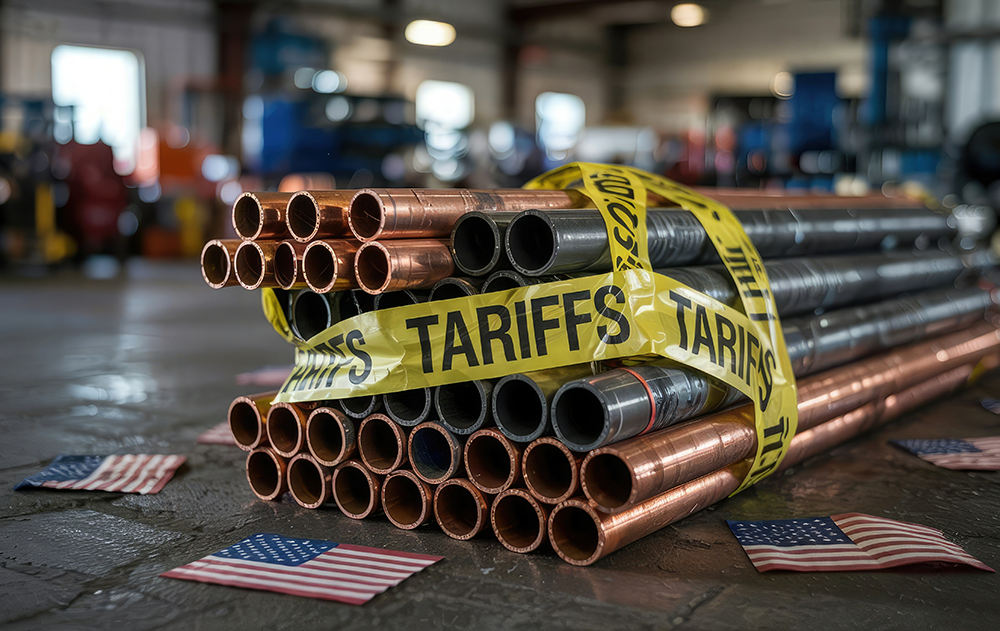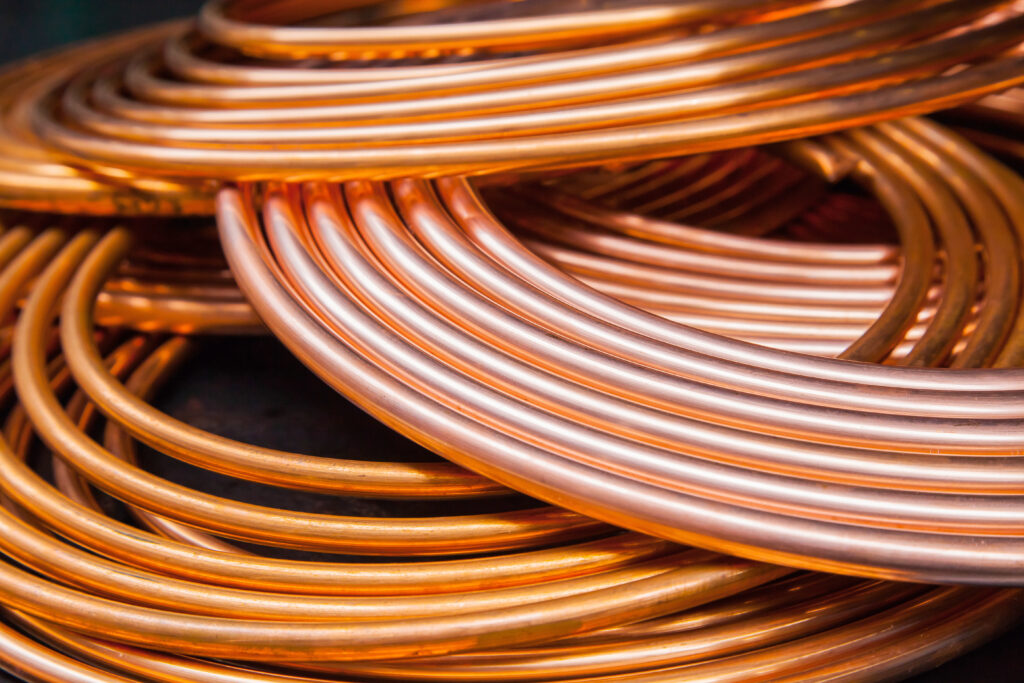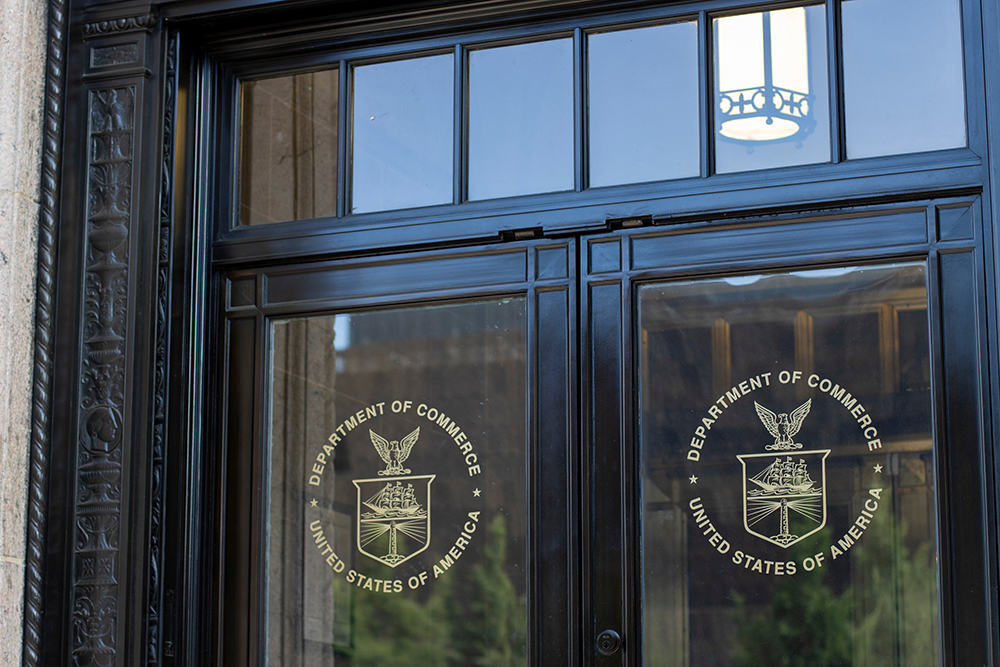Copper Tariff U-Turn Sends Both Relief, and Shockwaves Through U.S. Supply Chains

In an 11th-hour reversal, the White House has exempted refined copper products, including cathodes, scrap and concentrates, from a looming 50% import tariff. Effective August 1, 2025, copper tariffs will only apply to semi-finished copper goods
The surprise exemption caught metal markets off guard and sent U.S. copper prices into freefall. COMEX copper futures plunged over 17% after the announcement, erasing a hefty premium over London Metal Exchange prices that had built up in anticipation of a broader tariff. This means that traders who rushed to import refined copper ahead of the deadline are now sitting on historic stockpiles. COMEX warehouse inventories, for example, have ballooned to their highest levels in over two decades.
For U.S. manufacturers, the move comes as a welcome relief. Many industrial consumers rely on imported copper cathodes and scrap as feedstock for making wire, tubing and components. Those companies had braced for a disruptive cost surge if raw copper fell under the tariff. “Markets are now busily repricing refined copper much lower after Trump’s epic backflip on his own import tariff policy,” noted Tom Price of brokerage Panmure Liberum.
Refined Copper Spared, Relief for Raw Material Buyers
By sparing basic copper inputs, the Trump administration averted an immediate supply crunch for domestic factories. Top supplier nations like Chile and Canada, which together ship over $10 billion in copper to the U.S. annually, can continue sending cathode and raw material without their buyers having to pay a 50% cost penalty. This unexpected reprieve allows U.S. importers to maintain current sourcing strategies for refined copper in the near term, a sigh of relief for electronics, automotive and infrastructure firms dependent on globally sourced copper.

However, the policy pivot also raises strategic questions. By excluding refined copper from tariffs, the administration undercut its initial goal of spurring U.S. mining and smelting. “In trying to protect its domestic smelting sector, the U.S. risks penalizing its downstream industries… the new tariff may bring minimal strategic gain but significant economic pain,” the Global Trade Research Initiative cautioned in a report. The organization went on to warn that cheaply imported cathode could delay investments in U.S. copper production.
Analysts note the White House is effectively betting that domestic manufacturers can thrive on tariff-free raw copper, even if this means less pricing power for American copper mines. If you’re a U.S. copper buyer, MetalMiner’s Monthly Outlook report offers data-driven analysis on such policy impacts. It might be an opportune time to leverage tools like MetalMiner SV to model “what-if” scenarios, from tariff twists to price swings, giving you an informed sourcing strategy.
50% Copper Tariffs Hit Semi-Finished Copper Goods Starting Now
While raw copper escaped the duty, semi-finished copper products did not. As of today, a steep 50% tariff kicks in on imported copper pipes, tubes, wires, sheets and other semi-fabricated items. The copper tariffs also cover copper-intensive components like electrical cables, connectors and fittings.
Enacted under Section 232 national security authority, the new duty instantly reshapes the cost structure for U.S. companies that source these products abroad. As a result, contract negotiations are already in flux, and procurement executives are urgently reviewing purchase agreements for any copper-containing parts due to arrive after August 1.

The imposition of copper tariffs also means pricing forecasts for copper parts have been flipped upside-down. Domestic copper wire and tubing suppliers, suddenly shielded from foreign competition, are expected to raise their prices as import alternatives become prohibitively expensive. “Copper tariffs will represent yet another source of cost-push inflation due to higher prices for imported metals,” observes Jason Miller, supply chain management chair at Michigan State University. Construction firms, for example, foresee higher costs for building wire and plumbing pipes, since many specialty copper pipes previously imported from abroad now carry a punitive duty.
Will Copper Inventory Last Long Enough to Beat the Tariff Fallout?
Electronics and automotive manufacturers face similar pressures. For example, wire harnesses, electric motor components and circuit connectors produced overseas will either need to be onshored or hit with hefty fees. The arrival of these new copper tariffs means that procurement leaders in these sectors should revisit their pricing models immediately. Many will be asking: How much of the tariff can we absorb, and how much must we offset through price increases or alternative sourcing?
From a supply inventory standpoint, some U.S. companies did manage to stock up on foreign copper parts in the weeks leading up to the deadline. Import data shows a surge in copper product shipments to U.S. ports this spring as businesses front-loaded inventory before tariffs hit. Those who built a cushion may ride out a few months of disruption, but once those stockpiles draw down, buyers could face stretched lead times as everyone pivots to domestic mills. For readers navigating this turbulence, consider tapping into MetalMiner’s free weekly newsletter. It offers commodity price updates and sourcing tips that can help you stay ahead of such market shifts.
Strategy Shifts and Calls to Action for Procurement Executives
The bifurcated tariff—no duty on raw copper, 50% on semi-finished—is forcing a strategic rethink up and down the value chain. In the immediate term, U.S. manufacturers of copper-intensive products are accelerating plans to localize production. Many OEMs in automotive and electronics are assessing whether it’s more cost-effective to import duty-free cathodes and expand in-house fabrication of wires or connectors, rather than importing finished components at a markup.

The Commerce Department’s guidance explicitly urges importers to “evaluate products for copper content exposure and prepare for major price impacts and supply chain adjustments.” We’re hearing that message loud and clear from our network of MetalMiner clients as well.
C-suite procurement teams should take a proactive stance. One example is auditing current contracts for tariff clauses and opening dialogues with suppliers about sharing costs or adjusting terms. Another is hedging and budgeting for volatility. One thing that seems guaranteed from the new copper tariffs is that the copper market will remain choppy.
Stop wasting money on irrelevant price data. MetalMiner Select empowers you to purchase only the copper price points pertinent to your operations.
